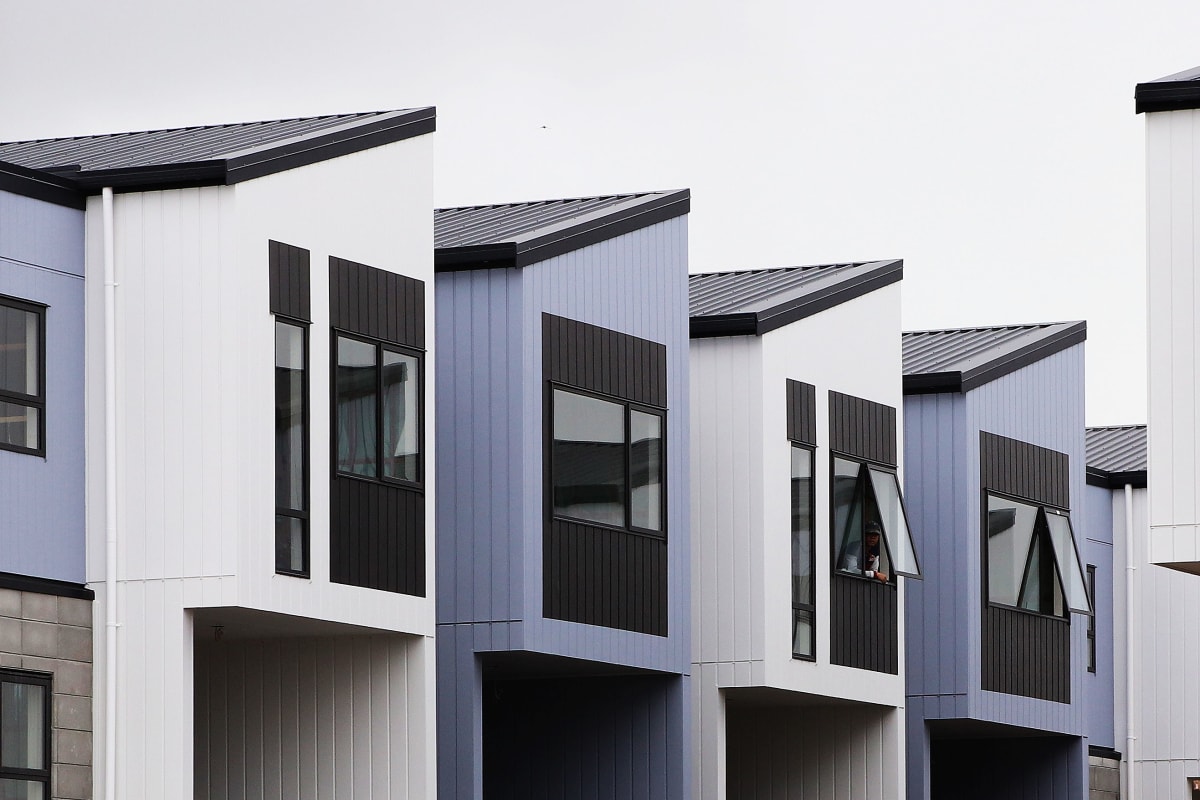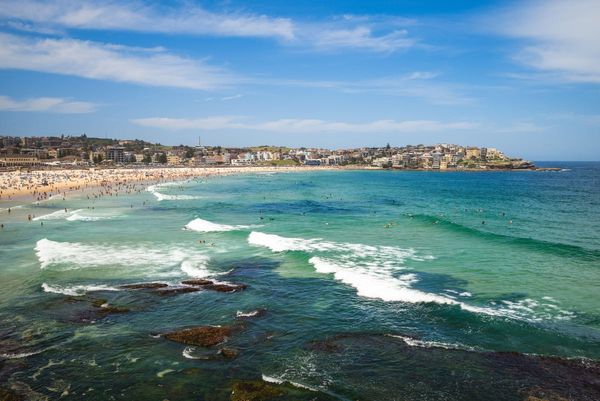
The fight for the fate of the supercity has a venue – the suburban villa
Analysis: With new Government policies around urban intensification set to come into play in August, the future of the streets of Auckland is at a crucial crossroads.
A period of public consultation will lead up to the details of changes to the Auckland Unitary Plan, and with the preservation or development of Auckland’s inner suburbs becoming a prime area of focus for the Council and concerned Aucklanders, Auckland’s future look may come down to just how much its citizens value the villa.
They’re a ubiquitous sight in the city’s well-to-do quarters, where modest domiciles have been spruced up into multi-million dollar homes.
The original villas were the palatial rural getaways for wealthy Romans two millennia ago. Through the centuries a villa could be an upper-class country home or even a fortified rural retreat converted into a monastery.
Over time it came to mean a sizeable detached house with garden space, especially as the original villas were engulfed one by one by expanding suburbia.
In New Zealand, there’s always been a more specific meaning - Victorian and Edwardian clapboard houses with long entrance halls and sash windows, timber cladding and metal roofs.
It was the favoured design as New Zealand’s cities first undid their belts and spilled out into today’s suburbs, so some of the country’s oldest urban centres are packed with them. Across New Zealand there are around 85,000 villas still standing, many of which have had their insides renovated beyond recognition and fetch a hefty price on the property market.
The streets of Auckland’s inner suburbs are lined with villas the Auckland Council currently protects as special character areas under the Unitary Plan. This protection covers 21,000 properties in some of Auckland’s oldest suburbs, which the council describes as having “modest” opportunities for housing intensification.
To villa or not to villa is a heated debate. On the one hand are groups like the Character Coalition, which advocates for the protection of special character and heritage buildings, and on the other, groups like the Coalition for More Homes, which wants to remove this protection to kickstart developments that could lead to a more liveable and affordable future for the city.
Auckland Council is in its consultation process with the public at the moment to figure out how zoning rules will change come August 20, when the National Policy Statement for Urban Development comes into play.
The policy, put forward by the Ministry for the Environment and Ministry of Housing and Urban Development, removes barriers of consent for taller buildings and intensified housing across urban centres, allowing unlimited development capacity in the city centre, buildings of at least six storeys in metropolitan centres and their walkable catchment areas, and higher-density development everywhere else.
Most of it is a foregone conclusion which will be implemented - not just in Auckland, but in cities around the country.
Rules around heritage and special character areas remain somewhat in the Council’s grasp, however, as well as the size of walkable catchment areas.
This means the exact distance from a busway or train station that would allow more intensive development is yet to be determined, as well as whether a particularly old neighbourhood tree could prevent construction.
Both heritage and special character buildings enjoy some level of protection, although the legal mandate for this comes from two different sources.
Heritage buildings are categorised by Heritage New Zealand and protected under the Resource Management Act, while special category areas are neighbourhoods designated as important under the Auckland Unitary Plan.
Heritage buildings like the Auckland Town Hall or the Civic Theatre are securely protected, with obligations in place to keep their exteriors up to scratch. A villa in a special character area can’t necessarily be knocked down to make way for an apartment building, but there is little obligation to the owners to keep it in pristine condition.
Coalition for More Homes spokesperson Oscar Sims says special character is a broad brush that is often used to protect Auckland’s inner-city suburbs from development - areas he argues are exactly where development is needed for a more liveable Auckland.
“The special characters are the worst of both worlds in some ways,” he said. “The buildings don’t have the same protections that a heritage building would have, but they also don’t allow the things we want - development aimed towards warm dry homes, density done well and good urban design.”
Sims said the conflation of heritage and special character tends to muddy the debate, with people lining the idea of fresh development up with a loss of tradition, history and aesthetic. But he says there’s a marked difference between the Remuera streets protected as special character and the landmarks on the Heritage New Zealand list.
“We aren’t saying burn it all down,” he said. “We’re happy to keep special character areas but we need to expand the walkable catchment areas to allow development further out from rapid transit.”

On the other side of the argument is the Character Coalition, an umbrella group representing 63 heritage, historical and special interest groups and residents’ associations who say they have felt shut out of the decision-making process and watched with despair as precious buildings have been razed to make way for developments they call inappropriate.
Coalition chair Sally Hughes says the group isn’t opposed to aspiring to a more liveable and affordable Auckland, but thinks it’s possible without losing chunks of the city’s history.
“We want to protect a resource that could be lost forever,” she said. She compared the rows of Victorian and Edwardian houses in Auckland’s inner suburbs to the famous architecture of San Francisco, where houses like the Painted Ladies are significant landmarks for tourism.
“Nowhere else in the world is there a grouping quite like this of these old houses,” she said. “It’s our built heritage - the story of a people, houses that carry the story of who we have been.”
Furthermore, Hughes argued that the proposed legislation around walkable catchment areas was a blunt instrument that wouldn’t take different locations into account. For example, Parnell train station is located down the bottom of a steep hill, altering accessibility and walkability for the immediate area.
“We want a finer grain when it comes to the walkable catchments,” she said.
When it comes to the conflation of heritage and special character, she sees heritage as a more finely-tuned set of rules for individual buildings, that isn’t resourced to cover the villas and bungalows.
Yesterday afternoon, Environment Minister David Parker came down unequivocally on the side of allowing more development in special character areas, but stressed that heritage protections would remain for properties that were already on the heritage list.
“You can’t have increasing population without accommodating people and you need to accomodate people by building more houses,” he said. “Some of those houses will need to be in every suburb.”
And nowhere is population set to increase like Auckland, where more than two million people are set to live by 2048, according to statistics from Stats NZ:
He said blanket protections for areas would hamper intensification. And with the majority of these protections found in a ring around the centre city, it seems such protections are roadblocks to more people living in the part of the city best-served by infrastructure and closest to where most people work.
But that’s only if you follow the idea that Auckland is and should be focused on the CBD. Hughes argued that with more development out in centres like New Lynn, the idea of the city centre being the be-all and end-all was somewhat dated, especially as more people had worked from home since the beginning of the pandemic.
“Patterns of development are changing,” she said. “People do say Auckland is a series of villages.”
Then there’s the cost of living close to the city, which Hughes said wouldn’t go away just because apartments had been built in place of an old house.
“Development in the inner suburbs won’t bring about affordable housing solutions,” she said. “Not with housing values so expensive.”
What exactly the Council should do with inner-city zoning has ramifications far beyond 2022. As Hughes said, old houses that were knocked down were gone forever. But at the same time, freezing these areas as they were perpetuated a situation where huge numbers of Aucklanders lived on the fringe of the city, travelling long distances to work.
There’s an environmental cost that stacks up, as well as the hit taken to daily quality of life when hours of each day are spent glaring at the tail-lights in front.
Matt Lowrie from the blog Greater Auckland said the protection of special character areas was a symptom of Auckland’s allergy to change.
“A lot of people don’t want change, and the Council are more receptive to those complaints,” he said. “That’s why the Government has made these changes.”
He considers the central Government’s intervention into the city’s intensification rules a move towards more coherent urban planning, which has included other cities around the country picking up previously Auckland-specific terms like metropolitan centres.
But whatever the Aucklanders on either side of this debate believed, it seemed most people were keen to see some kind of compromise put into action.
Neither Hughes nor Sims wanted to see the destruction of the villas of Ponsonby. The real difference in opinion between them is most likely centred on the size of proposed walkable catchment areas.
And yet, the devil or its opposite will be in the details of the new policy come August. Small changes in walkable catchment areas or rules around special character areas will ripple across Auckland, changing the city for better or worse for generations to come.







